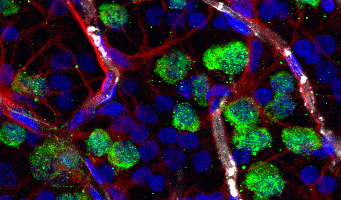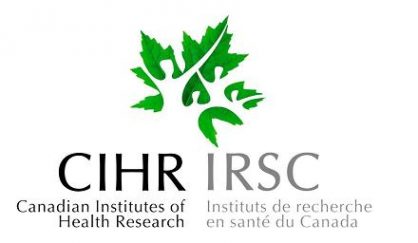
Our research is concerned with mechanisms of tissue maintenance and repair, and the identification of strategies to promote these processes. In particular, the lab uses the eye as a model for studying these mechanisms, as cellular responses to injury and age are implicated in the pathogenesis of many leading diseases causing vision loss. In particular, damage to retinal ganglion cells and their axon fibers disrupts communication between the eye and brain through the optic nerve. The health and maintenance of these neurons involves a network of supporting cells, such as astrocytes and microglia. Yet, the molecular and biochemical signals they use to communicate as a tissue remain unclear. Stress and injury to this tissue can initiate neurodegeneration that results in permanent vision loss and forms the basis of glaucoma; one of the world’s leading eye diseases.
To study this problem, the Sivak laboratory uses advanced molecular, biochemical, and genetic techniques to investigate tissue maintenance and repair mechanisms in the eye. In parallel, the lab maintains an interest in ocular pharmacology and drug development and formulation. This work has produced an interdisciplinary environment in the lab, which uses unique screening assays, disease models, and clinical samples to identify disease mechanisms and provide proof-of-principle for new therapeutic strategies. Current funded projects in the lab involve studying neuroinflammatory mechanisms and the neuroprotective actions of small lipid mediators, and the injury and repair signaling that regulates mRNA stability and translation. In addition, we are developing strategies for assessing and optimizing intraocular drug delivery and formulations for retinal therapeutics with clinical potential.
Funding





